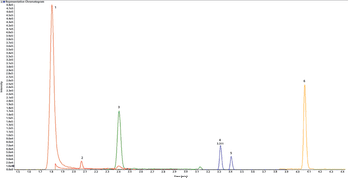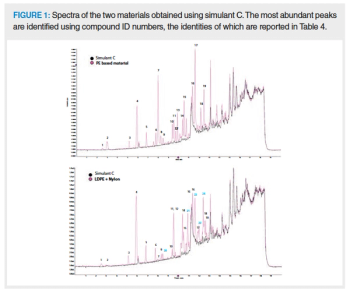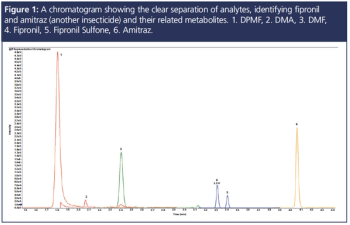
In the human food supply, public confidence is affected by contaminants and misreporting of nutritional information. This article highlights three events that required development of new mass spectrometry methods, including the detection of pesticides (such as fipronil and glyphosate), and the detection and quantification of fat-soluble vitamins.











